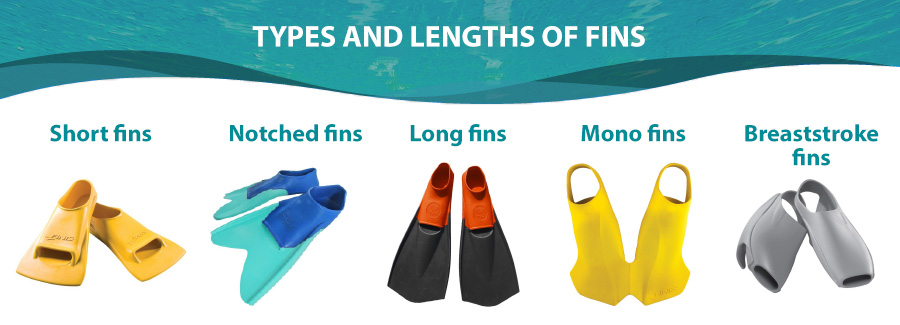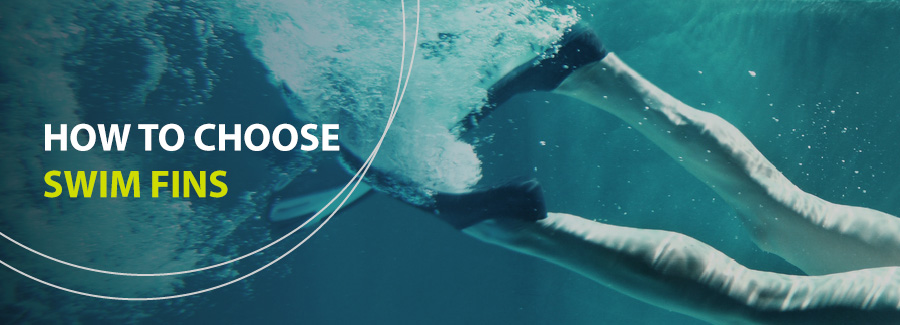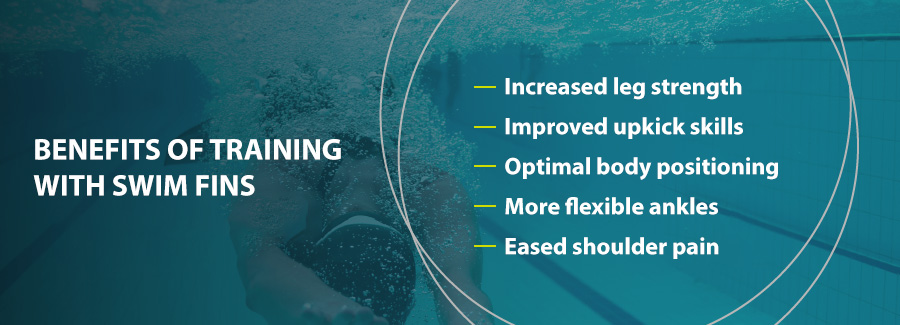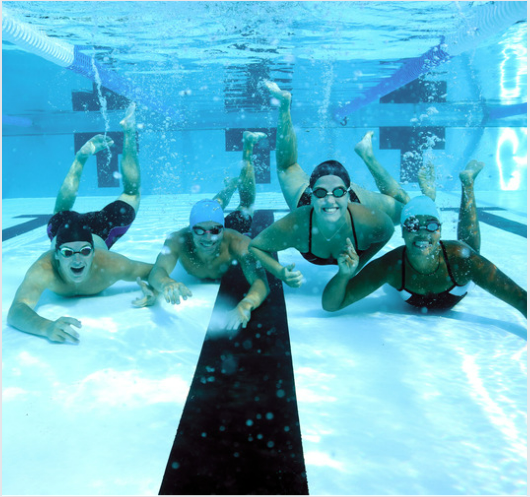How to Choose Swim Fins


How to Choose Swim Fins
Training with swim fins is an experience like no other. If you’ve ever wondered what it’s like to be Michael Phelps or another professional swimmer, using fins can increase your speed to the next level. But why do swimmers train with fins to improve their technique? It’s more than just speed -- using water fins for exercise and training has numerous benefits. If you are interested in buying a pair of swim fins, there are several things to keep in mind when deciding what the best option is for you. Outlined below are the reasons why you should use swimming fins and how to choose the best type and size of swim fins for you. 
Benefits of Training With Swim Fins
Using swim fins to train can help you in many ways. Some advantages include:
- Increased leg strength: One of the best things about swim fins is the workout they give your legs. If you want to work your legs in a different way and increase your muscle strength, swim fins are an effective tool. In addition, by using swimming fins, you’ll get in a better workout much faster, giving you more time to work on other skills.
- Improved upkick skills: Swim coaches always want you to work on your upkick, but it’s easier said than done. Kicking downward is more natural, and focusing on upkicks often feels awkward and uncomfortable. However, swin fins help you kick up more naturally. By using them enough, you’ll get used to the feeling and positioning of a good upkick and improve your technique without even trying.
- Optimal body positioning: Swimmers are always trying to improve their buoyancy and ability to glide on top of the water. Swim fins can help you master this skill. Practice with water fins on and pay attention to your body position and how you kick. Once you get this muscle memory, work on your kicks so that you can achieve the same swimming position and motion of wearing swim fins without having them on your feet.
- More flexible ankles: Ankle flexibility is a crucial component of a good kick. Swimming with fins can help you enhance your ankle flexibility over time and eventually improve your kicking ability.
- Eased shoulder pain: Another great benefit of swim fins is that, because they make your legs work harder, they take pressure off of your arms and shoulders. If you’re struggling with a tight or painful shoulder, using swim fins for exercise and training can get you back in the water while easing the strain on your muscles.
How to Choose Swim Fins
Fins for swimming laps and training come in many different shapes, styles and sizes, so knowing how to choose the right option for you can be challenging. That’s why we created a comprehensive guide on how to choose swim fins. 
Types and Lengths of Fins
The length of your swim fins has a big impact on your performance and comfort. There are several lengths and styles of fins that affect your technique in various ways. The styles include:
- Short fins: These are the most commonly used fins by professional swimmers. Short fins are the best fins for swimming laps, specifically for freestyle and backstroke swimming techniques. These short-length ‘Zoomer’ water fins create resistance to force a faster kick. They are often used by swim teams and dedicated lap swimmers.
- Notched fins: These swimming fins are also used by more serious swimmers, and some prefer them to short fins. These fins get their name from the v-shaped notch in the blades. Notched fins more closely resemble the natural movement of feet through the water, which makes them a bit easier to use. They often come in short lengths to optimize for ease of movement as well as proper kicking technique.
- Long fins: Out of all of the fin types, these are the best swimming fins for beginners. Long fins are typically used by first-time snorkelers, recreational swimmers and individuals with less experience still learning how to move through the water. The longer length improves leg endurance and ankle flexibility, making swimming easier for beginners.
- Mono fins: Although not as widely used as the other fin types, mono fins can be great for serious swimmers wanting to perfect their dolphin kick or butterfly swimming technique. These fins force the feet to stay together, improving the kicking method required for the butterfly stroke.
- Breaststroke fins: This option is beneficial for serious breaststroke swimmers. These fins are curved to increase resistance while ensuring proper breaststroke kicks. Straight fins can’t be used for the breaststroke, so if you’re serious about the technique, these fins are best.
The Best Swim Fins
How do you know which are the best swim fins? What size swim fins should you get? There are several factors to consider when choosing the right swimming fins for you. Here are some of the best swim fins for your skill level.
- For beginners: If your child is just beginning to swim or if you’re a leisurely swimmer looking to have a bit more fun in the water, try these long fins, good for any level of experience.
- For serious swimmers: The best swim fins for swimming laps and training are the Arena Powerfin Pro fins. These products are used by competitive swimmers, including Olympians. Some close runner-ups are the Speedo Switchblade fins and the Speedo Trialon Swim fins, also recommended by Team USA Swimming.
When trying to decide what size swim fins you should get, there isn’t necessarily a straightforward answer. Swim fin sizes aren’t universal, so it depends on the brand and style. As a general rule, swim fins are unisex, so women can usually expect to size down one or two sizes from what they’d normally get, and men may need to size up. The best rule of thumb for finding your swim fin size is to read the product descriptions. Shops with your best interest in mind, such as Kiefer Aquatics, will have detailed descriptions and list what size they recommend based on your foot dimensions.
Find the Right Swim Fins for You at Kiefer
If you’re ready to improve your swimming speed, strength and technique, swim fins are a great tool. Kiefer has a broad range of water fins for all skill levels and needs. You are sure to find the perfect product for you, whether you need your first pair or a new pair of fins to prepare you for your swimming season. Browse our wide selection of fins and decide which is best to get you swimming faster and stronger today!







Leave a Comment
Your email address will not be published. Required fields are marked *